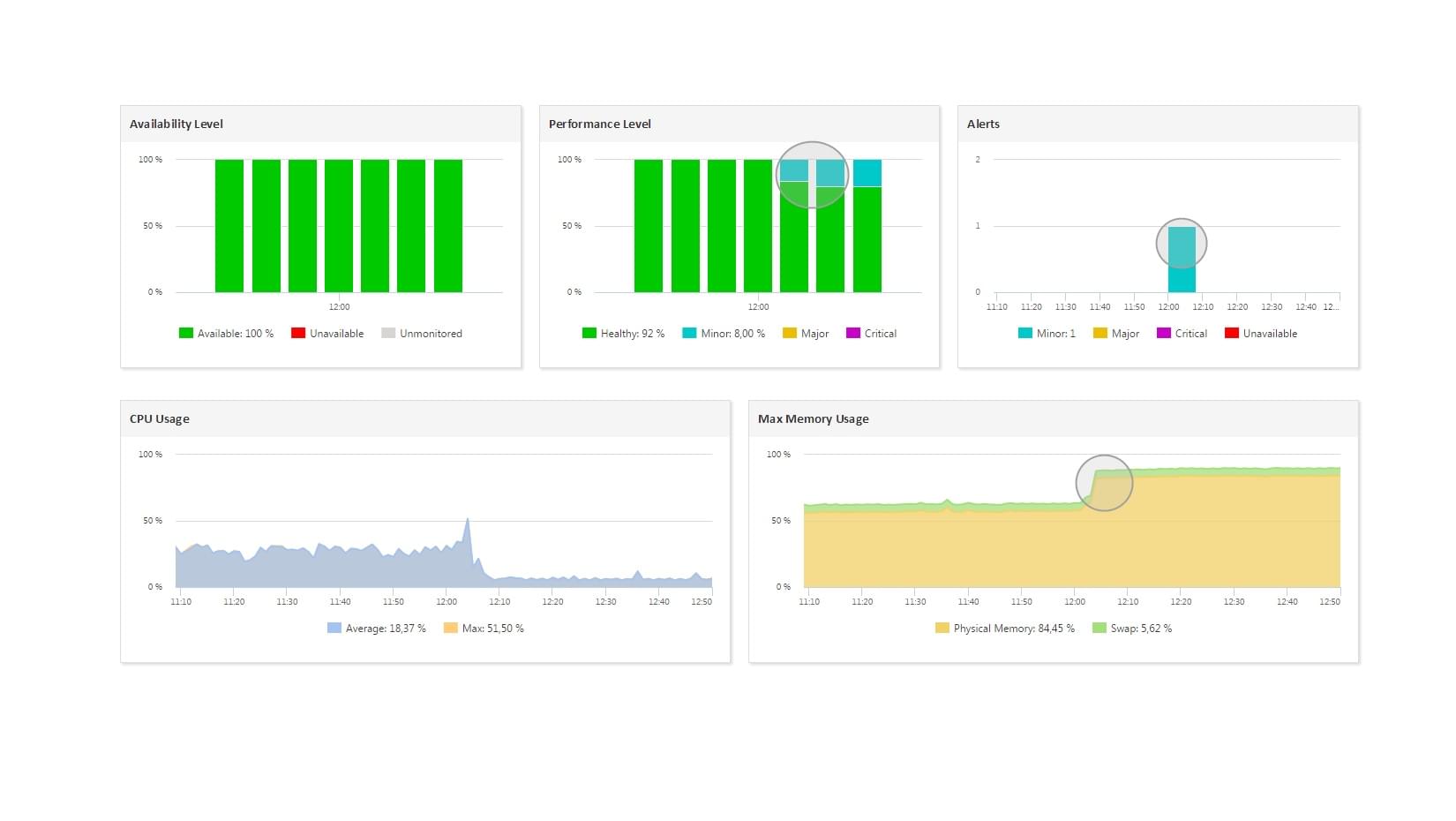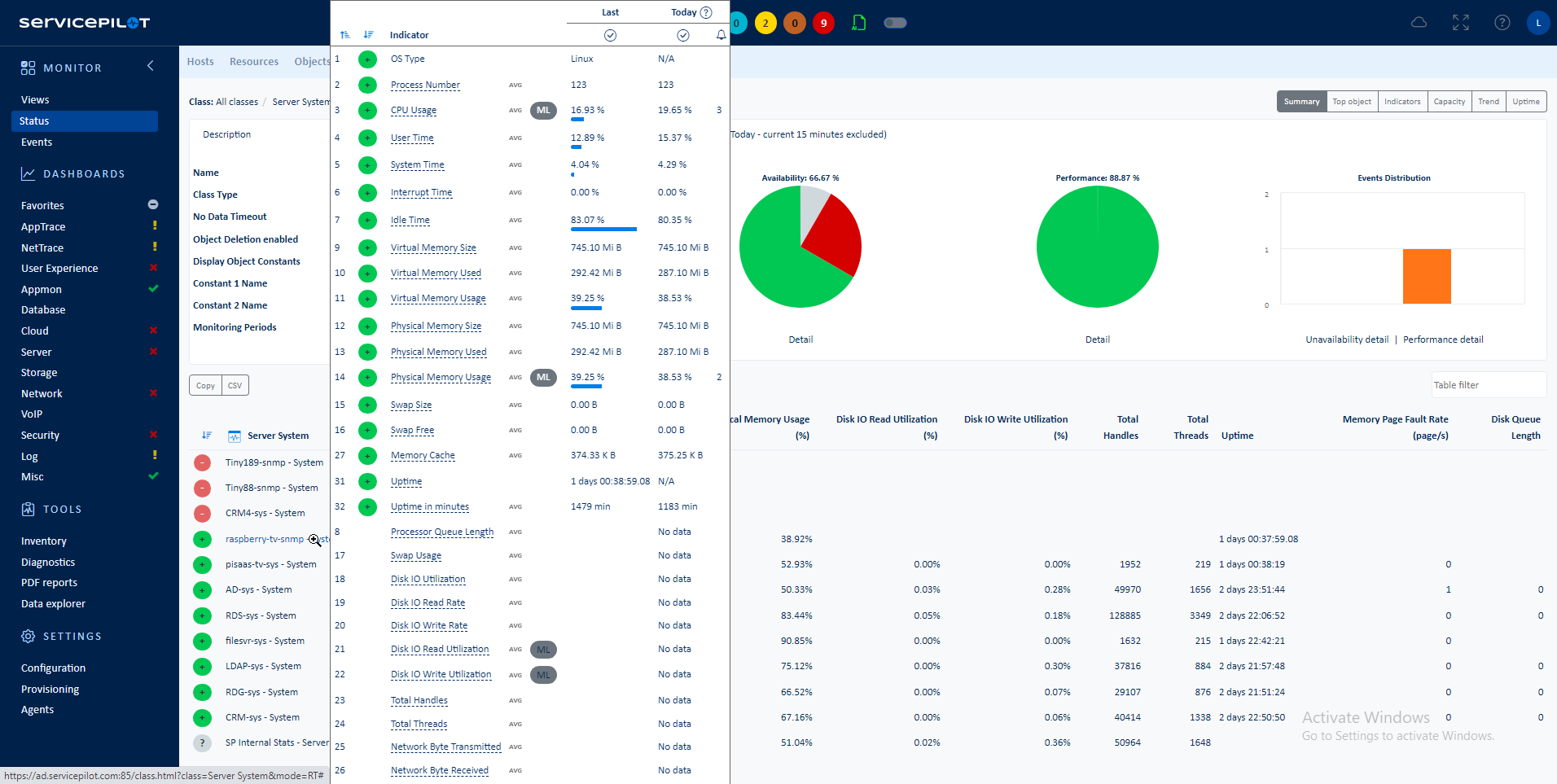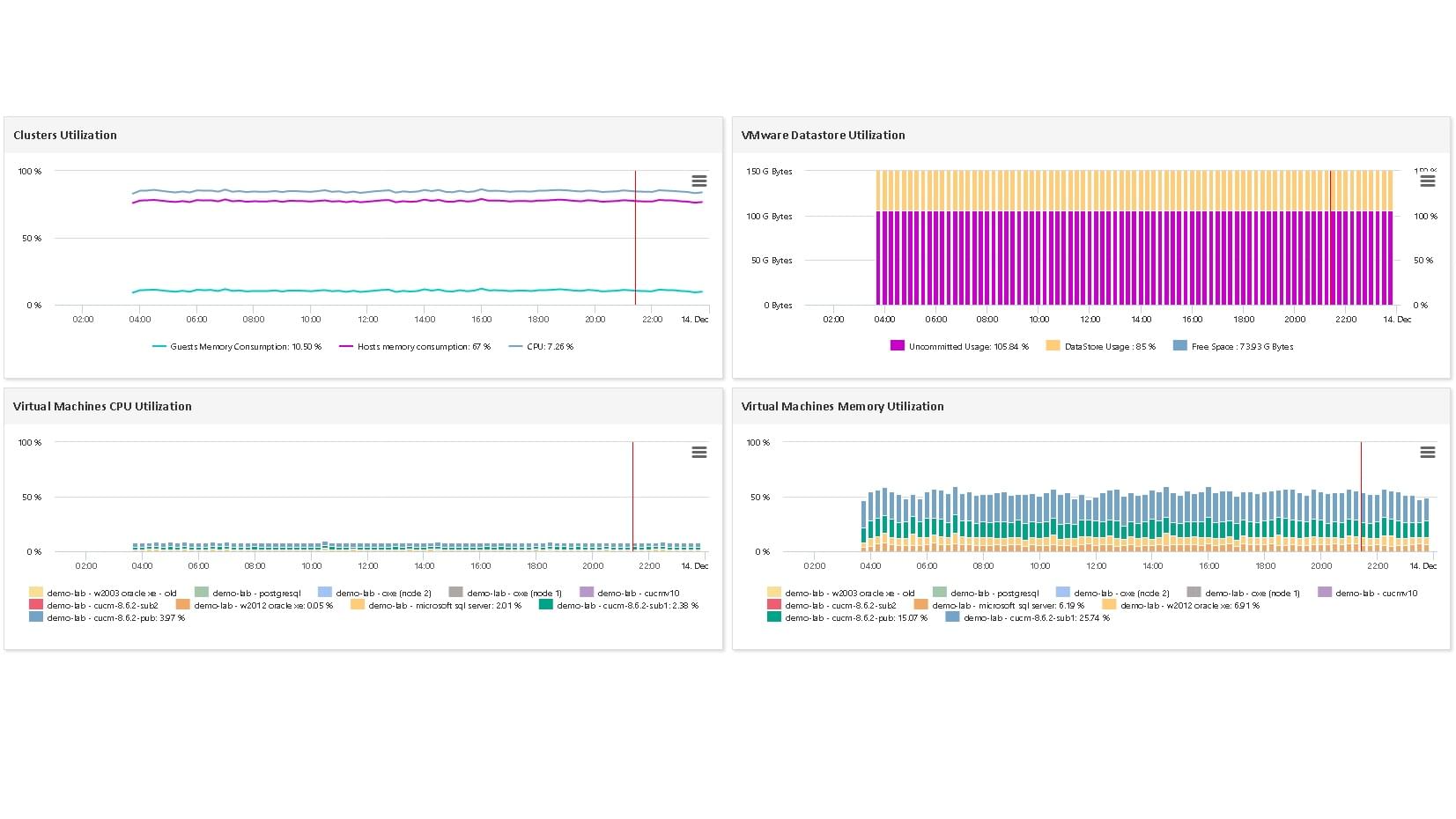What is an IBM z/OS Mainframe?
z/OS is a 64-bit operating system developed by IBM for their z/Architecture mainframe computers. It is the successor to the OS/390 operating system and combines the strengths of MVS (Multiple Virtual Storage), the primary mainframe operating system since the 1960s, with additional improvements and modern features.
z/OS is designed to offer high levels of scalability and performance, and is capable of running workloads of any size. It was built to provide a stable, secure, and continuously available environment for applications running on the mainframe. This OS supports a wide range of applications, including legacy applications, enterprise applications, and modern, web-based applications. It also provides robust security features, including built-in encryption and support for secure key transactions.
One of the key features of z/OS is its support for "parallel sysplex". Sysplex is a clustering technology that allows up to 32 z/OS systems to collaborate, providing improved performance, scalability, and redundancy. Parallel sysplex takes this a step further by allowing data sharing between systems in the cluster. z/OS also includes a variety of subsystems for database access (such as DB2 and IMS), transaction processing (such as CICS and IMS TM), messaging (MQSeries), and more. These subsystems are designed to work together seamlessly, providing a comprehensive environment for running a wide range of applications.
IBM z/OS V2.5 is designed to support innovative development for hybrid cloud and AI business applications, underpinned by next-level security and resilience. With a continuous delivery model, new z/OS capabilities are available with no impact to stability, complexity, or costs.
In summary, z/OS is a highly reliable and secure operating system that is capable of supporting large-scale, mission-critical applications. Its support for a wide range of workloads, along with its scalability and performance features, make it a key component of many enterprise IT infrastructures. z/OS is widely used in industries that require high levels of data security and availability, such as finance, healthcare, and government. It continues to be updated and improved, ensuring it remains a leading choice for mission-critical applications.
How to monitor an IBM z/OS Mainframe?
ServicePilot makes it easy to monitor an IBM z/OS Mainframe Host requiring minimal configuration on the target device. A resource of the server-zos-sp-agent package then needs to be added via the ServicePilot web interface.
How to install a zos-sp-agent resource?
- Use your ServicePilot OnPremise installation or a SaaS account.
- Add a new zos-sp-agent resource via the web interface (
/prmviewsor/prmresources) or via API (/prmpackagespage), the default ServicePilot agent or another agent will be provisioned automatically.
Details of the zos-sp-agent package are located in the
/prmpackagespage of the software.
Benefits
ServicePilot enables you to deliver IT services faster and more securely with automated discovery and advanced monitoring features.
By correlating the technology ZOS SP AGENT with APM and infrastructure monitoring, ServicePilot is able to provide a more comprehensive view of an organization's IT environment.
This allows IT teams to quickly identify and diagnose issues that may be impacting application performance, and take corrective action before end-users are affected.
Start with a free trial of our SaaS solution. Explore our plans or contact us to find what works best for you.





